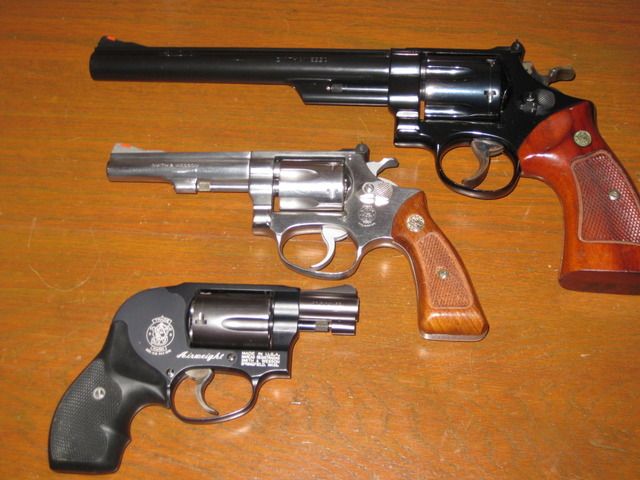2damnold4this
New member
Having plenty of rounds on tap in a self defense situation without reloading is certainly an advantage. That could be one shot or it could be 15 or more. A Modern autoloader carrying 15 rounds certainly have an advantage over a five shot revolver but I don't think it's as simple as saying it's three times as effective. I think the first few shots in a revolver or autoloader are likely to have more of an impact on a defensive encounter than a tenth or fifteenth shot. Of course, the five shot revolver won't have the option of firing ten shots without reloading but the first five shots probably have more potential to give the defender a positive outcome than the next five even if the defender was using a fully loaded G17.
If someone shoots their five or six shot revolver better than they shoot a higher capacity autoloader, carrying the revolver might be the wiser choice. If someone decides to conceal an Airweight or LCR because it's easier than carrying a full size autoloader, practicing to make those five shots count ought to be a top priority.
If someone shoots their five or six shot revolver better than they shoot a higher capacity autoloader, carrying the revolver might be the wiser choice. If someone decides to conceal an Airweight or LCR because it's easier than carrying a full size autoloader, practicing to make those five shots count ought to be a top priority.


